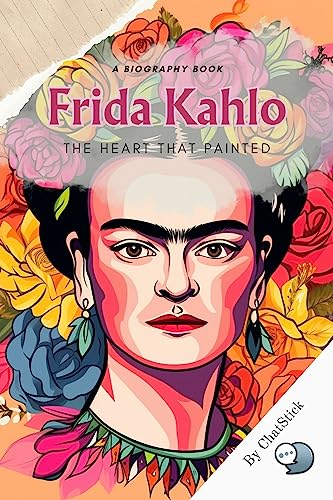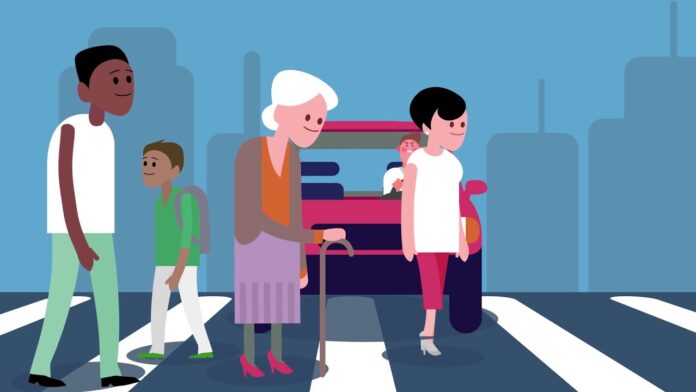Frida Kahlo stands as one of the most influential and iconic artists of the 20th century, whose work transcended personal struggles to speak to universal themes of identity, pain, and resilience. Born in Mexico in 1907, Kahlo’s tumultuous life, marked by health challenges and a complex relationship with fellow artist Diego Rivera, deeply informed her vivid, symbolic art. Beyond her paintings, Kahlo became a political and cultural activist, championing indigenous Mexican culture and feminist ideals. Decades after her death, her legacy continues to inspire a global audience, influencing art, fashion, and pop culture with a lasting impact that endures today.
Embark on a detailed exploration of this topic with xotools.xyz
1. Early Life and Influences: Explore Frida Kahlo’s upbringing, family background, and early influences that shaped her artistic journey.
Frida Kahlo was born on July 6, 1907, in Coyoacán, Mexico. Her family played a significant role in shaping her artistic sensibilities. Her father, Guillermo Kahlo, a German immigrant and photographer, introduced her to art, photography, architecture, and European artistic traditions. Her mother, Matilde Calderón, a devout Catholic with indigenous and Spanish ancestry, instilled in Frida a deep connection to Mexican culture, religion, and folk traditions.
Frida Kahlo’s early years were defined by a near-fatal encounter with polio, leaving her with a permanent limp and a constant companion in physical pain. Despite these challenges, she enrolled in the prestigious National Preparatory School in Mexico City, where she found herself surrounded by intellectuals, artists, and political thinkers who would profoundly impact her perspective on the world. It was in this stimulating environment that Kahlo was exposed to the movement of Mexican muralism and the thriving cultural rebirth that would later serve as a cornerstone for her unique artistic voice.
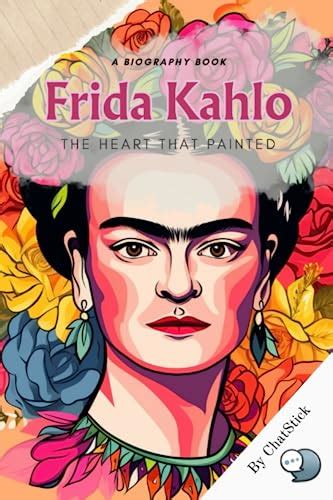
2. Artistic Style and Themes: Analyze Kahlo’s distinctive artistic style, including her use of symbolism, vibrant colors, and recurring themes such as identity, pain, and Mexican culture.
Frida Kahlo’s artistic style is distinguished by its unique fusion of realism, surrealism, and symbolism, all imbued with profoundly personal and cultural significance. Her work, frequently classified as magical realism, seamlessly blends the mundane with the extraordinary, presenting autobiographical narratives brimming with metaphor and emotional depth. Kahlo frequently depicted herself in her paintings, declaring that she was the subject she knew most intimately, utilizing her own image to delve into complex themes of identity, gender, and the human condition.
Her art is infused with symbolism, featuring recurring motifs like monkeys, hearts, thorns, and flowers. These elements reflect her deep connection to nature, her Mexican heritage, and the internal struggles she experiences. Her vibrant palette, inspired by Mexican folk art, pre-Columbian art, and the bold colors of traditional indigenous textiles, often creates a stark contrast with the raw depictions of her physical and emotional pain. This is evident in works like *The Broken Column* and *Henry Ford Hospital*, where she confronts her own suffering with unflinching honesty.
Kahlo’s artwork examines the intricate connections between politics, culture, and personal identity. Her profound Mexican heritage is reflected in her incorporation of indigenous imagery, while her exploration of pain and disability challenges traditional ideas of strength and beauty. This fusion of personal and cultural themes results in a body of work that is deeply personal, powerful, and perpetually relevant.
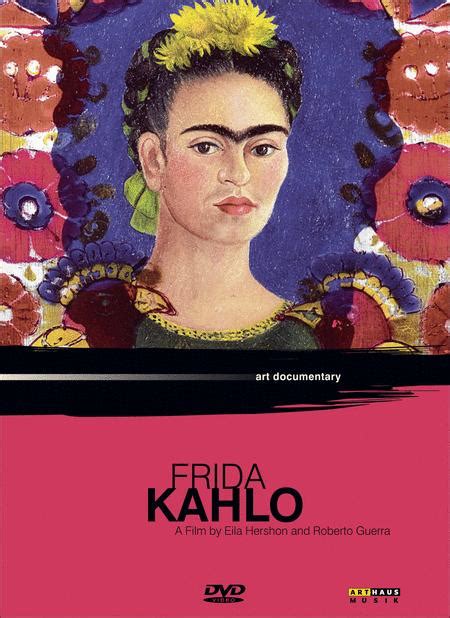
3. Impact of Health Challenges: Discuss how Kahlo’s personal struggles with health issues, particularly her enduring physical pain and disabilities, influenced her art and worldview.
Frida Kahlo’s life was deeply affected by physical suffering, shaping her art and outlook. At six, she contracted polio, leaving her right leg weaker and shorter. But a devastating bus accident at eighteen marked a turning point. The accident inflicted severe spinal and pelvic injuries, leading to chronic pain, repeated surgeries, and prolonged bed rest. This physical trauma became a central theme in Kahlo’s work, and she used her art as a way to cope with her pain.
Kahlo’s paintings frequently portray her broken body with unflinching realism, vividly depicting her suffering. Works such as *The Broken Column* show her body split open, her spine replaced by a crumbling column, symbolizing both her internal fragility and resilience. Her use of medical imagery, like surgical instruments and skeletal structures, reflects the invasive treatments she endured.
Though physically challenged, Kahlo’s art radiates an indomitable spirit. She channeled her suffering into a potent testament to resilience and survival, dismantling conventional ideals of femininity and beauty. By asserting her independence in the face of insurmountable hardships, she infused her work with raw emotion, creating art that is both deeply personal and universally resonant.
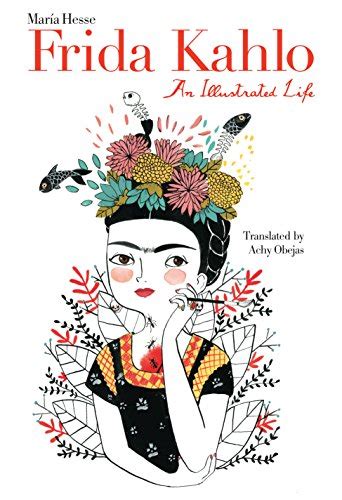
4. Relationships and Love Life: Examine Kahlo’s tumultuous relationship with Diego Rivera, a fellow artist, and how their marriage and subsequent affairs influenced her art and public persona.
Frida Kahlo’s relationship with fellow artist Diego Rivera was one of the most defining aspects of her life, influencing both her art and her public image. The two met when Kahlo was a young artist seeking guidance, and despite a significant age difference, they quickly developed a deep connection. They married in 1929, a union that would be marked by intense passion, creativity, and turbulence. Rivera, a towering figure in Mexican muralism, became both a mentor and a source of emotional turmoil for Kahlo.
Their relationship was fraught with infidelity on both sides, most notably Rivera’s affair with Kahlo’s sister, Cristina, which devastated Frida. Kahlo also engaged in her own affairs, with both men and women, including famous figures such as Leon Trotsky. These emotional complexities found expression in her art, where she often explored themes of love, betrayal, and heartache. Works like Memory, the Heart convey the pain she experienced within her tumultuous marriage, while Frida and Diego Rivera illustrates their complex, intertwined identities.
The turbulent nature of Kahlo and Rivera’s relationship did not diminish their profound connection. Rivera deeply respected Kahlo’s artistic talent, and their passionate bond, though often stormy, served as a source of creative inspiration for Kahlo. This dynamic relationship further solidified her position within the Mexican art scene, ultimately shaping her public image as a dedicated artist and a woman of remarkable resilience.
5. Political and Cultural Activism: Highlight Kahlo’s involvement in political and cultural movements, including her advocacy for indigenous Mexican culture, feminism, and social justice issues.
Frida Kahlo was not just an artist; she was a fervent political and cultural activist. A passionate advocate for Mexican identity and indigenous heritage, she proudly embraced her mestiza heritage. This pride was evident in her art, where she frequently incorporated pre-Columbian symbols and indigenous motifs. Kahlo’s dedication to Mexican culture wasn’t limited to her art; she also made a political statement and celebrated her heritage by dressing in traditional Tehuana clothing in her daily life.
Frida Kahlo was a passionate advocate for communist and socialist ideals, openly expressing these views in both her art and personal life. She actively participated in the Mexican Communist Party, using her influence to champion workers’ rights, land reform, and social justice. Feminism was equally central to her activism. Kahlo challenged traditional gender roles through her unconventional lifestyle and unapologetic self-expression. Her art often depicted strong women and questioned societal expectations, reflecting her feminist ideals. Kahlo’s art and activism were deeply intertwined, making her a powerful symbol of resistance and empowerment.
6. Global Recognition and Legacy: Explore how Frida Kahlo’s art gained international acclaim posthumously and her enduring legacy in the realms of feminism, Latin American art, and pop culture.
Frida Kahlo’s artistic brilliance was recognized during her lifetime, but it was after her death in 1954 that her work achieved widespread international acclaim. The decades following her passing saw Kahlo’s art resonate increasingly with global audiences, especially during the feminist movements of the 1970s. Her fearless exploration of identity, gender, and personal struggles became a powerful symbol of feminist ideals, solidifying her status as a trailblazer in women’s empowerment and self-expression.
Kahlo’s artistic contributions were instrumental in propelling Latin American art onto the world stage. Her profoundly personal and culturally unique works transcended boundaries, resonating with a broad and diverse audience, establishing her as one of the most renowned and impactful Latin American artists of all time. Her influence extends beyond the realm of art; Kahlo has evolved into a pop culture icon, her image and likeness adorning everything from fashion to political posters. Her distinctive style and unwavering individuality have made her a symbol of resistance, strength, and creativity.
Kahlo’s lasting impact is evident in the work of contemporary artists, designers, and filmmakers who continue to find inspiration in her fearless spirit and deep connection to identity and culture. Her legacy continues to be a powerful influence in art, feminism, and popular culture globally.
7. Artistic Influence Today: Discuss Kahlo’s ongoing influence on contemporary artists, filmmakers, fashion designers, and cultural icons, emphasizing her relevance in today’s artistic and social landscapes.
Frida Kahlo’s impact transcends time, resonating with contemporary artists, filmmakers, fashion designers, and cultural figures worldwide. Her unique style, defined by its vibrant hues, symbolic imagery, and raw emotional outpouring, continues to ignite the imaginations of modern artists exploring themes of identity, pain, and resilience. Kahlo’s groundbreaking self-portraits and her blending of personal and political narratives serve as a template for contemporary art that confronts complex social issues.
Frida Kahlo’s life and artwork have been a constant source of inspiration for filmmakers. Countless biographical films, documentaries, and artistic projects have been created around her story, solidifying her status as a cultural icon. Filmmakers are drawn to her narrative, captivated by the unique fusion of passion, adversity, and artistic brilliance that defined her life.
Fashion designers find inspiration in Kahlo’s signature style, integrating elements of her traditional Mexican attire and bold, vibrant aesthetics into their collections. Her unique look has had a lasting impact on global fashion trends, making its mark on both the runway and street style.
Frida Kahlo’s lasting impact is evident in her enduring legacy as a symbol of artistic innovation and cultural defiance. Her relevance continues to resonate in contemporary artistic and social landscapes, serving as an enduring source of inspiration and empowerment.
Frida Kahlo’s remarkable life and art continue to captivate and inspire, transcending the boundaries of time and culture. Her unique style, profound themes, and fearless exploration of personal and political issues have cemented her as an enduring icon. Kahlo’s legacy, marked by her resilience and creativity, remains a powerful force in contemporary art, fashion, and culture, reminding us of the transformative power of art in expressing the complexities of human experience and identity.
xotools.xyz
